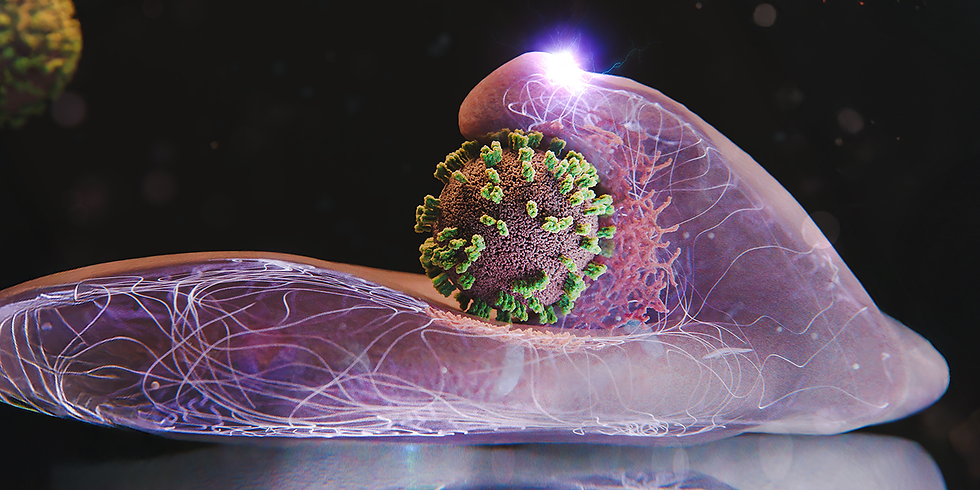Marmosets contribute to brain research
- Gege Li
- Apr 8, 2024
- 1 min read
Updated: Apr 10, 2024

Two recent studies, in Japan, have shown the value of using marmoset monkeys to study brain conditions.
Research at Kobe University looked at marmosets and mice, to understand the early differences in synapses – the connections between brain neurons that transmit signals and information.
Immature development of synapses are linked to neuropsychiatric disorders, such as ADHD and autism spectrum disorder. In the brains of monkeys and humans, synapses start to decrease from early childhood, but the mechanism behind how they change as the brain matures is not well understood.
By studying both species of animal shortly after birth, the team identified a group of proteins that give the first insights into the early development of synapses at the protein level.
In addition, when the data was compared with that of people with autism, the researchers found some of the same gene patterns, paving the way for a better understanding of how autism may emerge.
Meanwhile, research at Keio University, Tokyo, has developed a model of the early stages of Parkinson’s by creating marmosets with a mutated version of a protein that seems to drive the disease in some people.
These animals provide a new way to mimic the natural onset and progression of Parkinson’s in humans.
This also allowed the team to identify that unusually high activity in a brain region involved in controlling movement, could be an early predictor of the disease.



